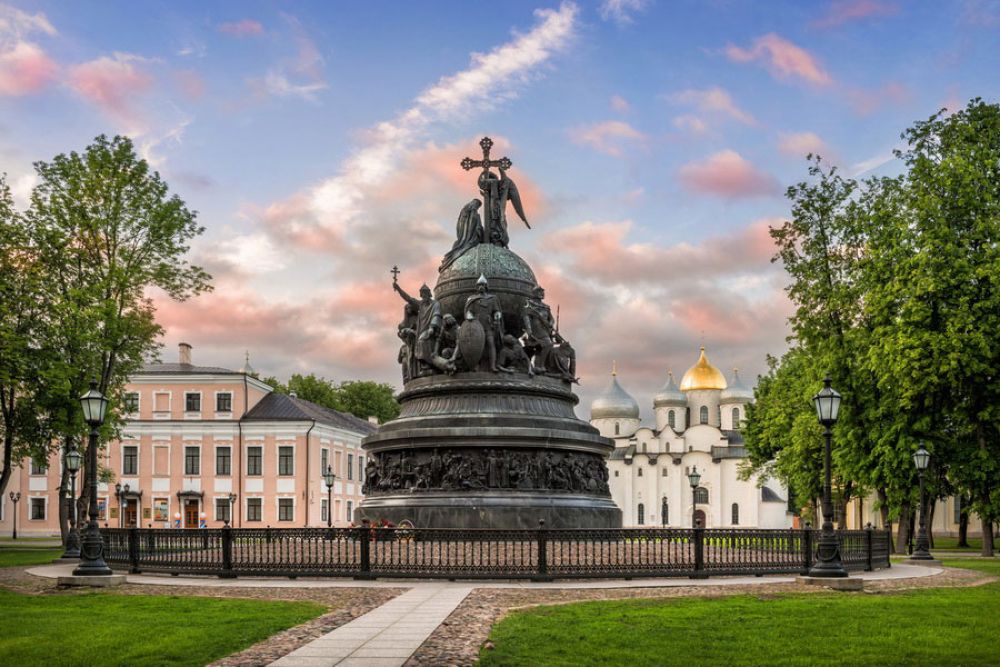

The history of tourism in Veliky Novgorod is intrinsically linked to its rich cultural and historical heritage. Founded in the 10th century, Veliky Novgorod, often simply called Novgorod, is one of the oldest cities in Russia and was a political and cultural hub during the Middle Ages. It played a crucial role as a principality during the times of Kievan Rus and was a cradle of democracy with its own legal system known as the "Veche".
Tourism in Veliky Novgorod began to gain traction in the Soviet era when the state started promoting the value of domestic travel. Visits to Veliky Novgorod were a way for Soviet citizens to explore the history and culture of their own country. The city's exquisite architecture, with the Kremlin (Detinets) at its heart, became a major draw for those interested in the ancient past of Russia.
With the dissolution of the Soviet Union and the opening of Russia to international travelers, Veliky Novgorod experienced a new wave of interest from tourists eager to explore its World Heritage Sites. These include the 11th-century Saint Sophia Cathedral, one of Russia's oldest churches, and the Millennium of Russia monument that was erected in 1862 to celebrate the first thousand years of Russian history.
In recent years, Veliky Novgorod has capitalised on its historical significance by investing in the restoration of its ancient monuments and improving tourist facilities. The city hosts various festivals, including the Hanseatic Days, which celebrate Novgorod's historical membership in the Hanseatic League, and bring history to life with medieval markets, crafts, and music.
Eco-tourism is another growing trend in the region, with visitors seeking to explore the picturesque surroundings of the Volkhov River and the Ilmen Lake. Agritourism has become increasingly popular, offering visitors an opportunity to stay in rural guesthouses and partake in traditional Russian countryside experiences.
Cultural experiences are at the forefront of what Veliky Novgorod offers, with tourist packages often including traditional workshops, such as crafting Matryoshka dolls or trying out ancient Russian cuisine.
Looking ahead, Veliky Novgorod aims to further develop its tourism sector by enhancing the visitor experience through technology. Virtual and augmented reality tours are on the rise, providing innovative ways to explore the city's historic sites. Efforts to promote year-round tourism also emphasize the beauty of the region during the snowy winter months, with activities like cross-country skiing and winter festivals.
Venturing into sustainable tourism practices, the city is increasingly mindful of preserving its historical sites and natural landscapes for future generations. This includes implementing measures to reduce the environmental impact of tourism and educate visitors on the importance of conservation.
The rich history of Veliky Novgorod combined with these contemporary trends in tourism ensure that the city remains a dynamic and attractive destination for both Russian and international travelers.
Whether it is to marvel at its ancient kremlin walls, participate in living history events, or enjoy the untouched natural beauty that surrounds it, Veliky Novgorod continues to be a testament to Russia's vibrant past and its commitment to cultural preservation and sustainability in tourism.